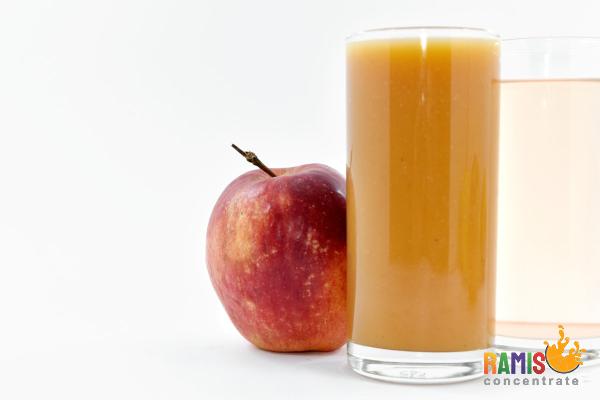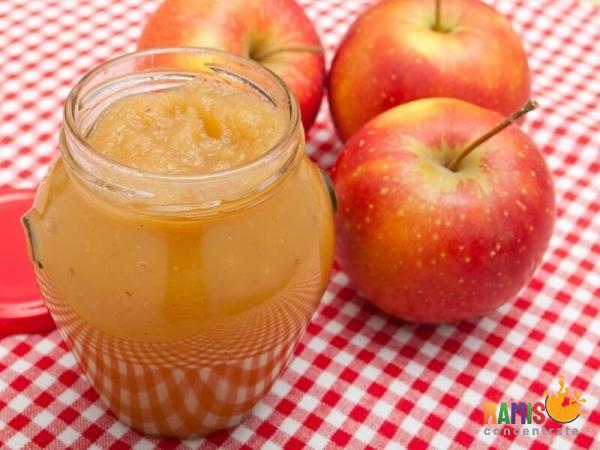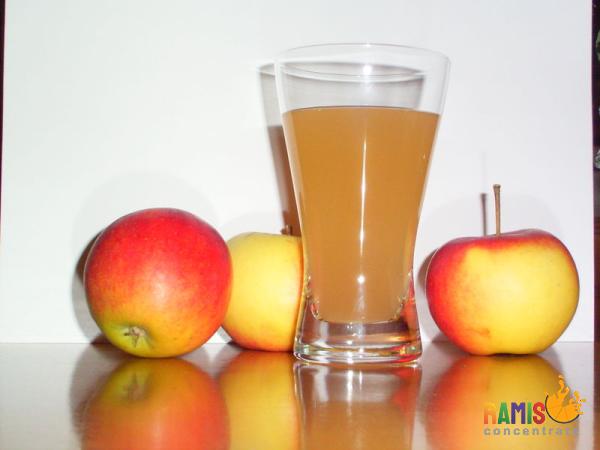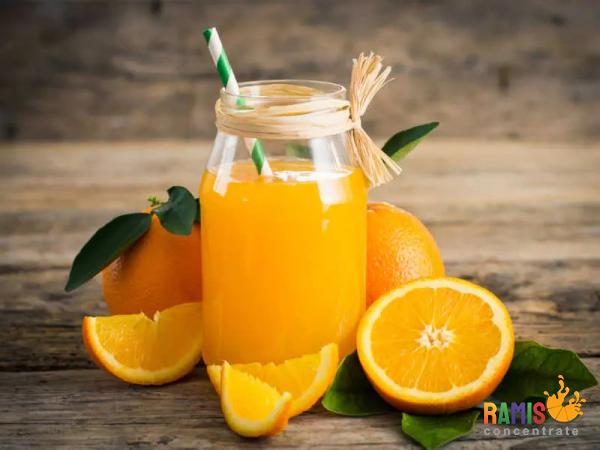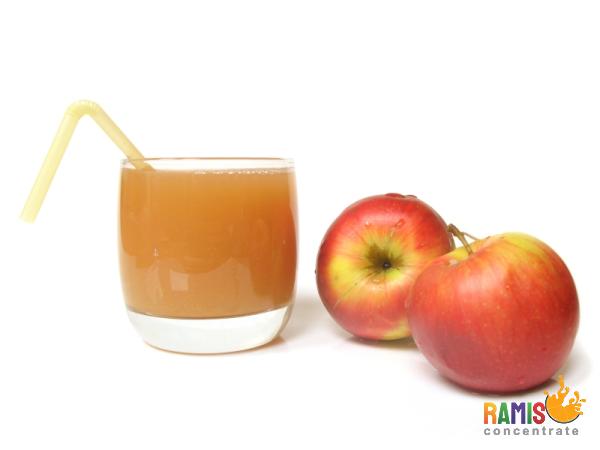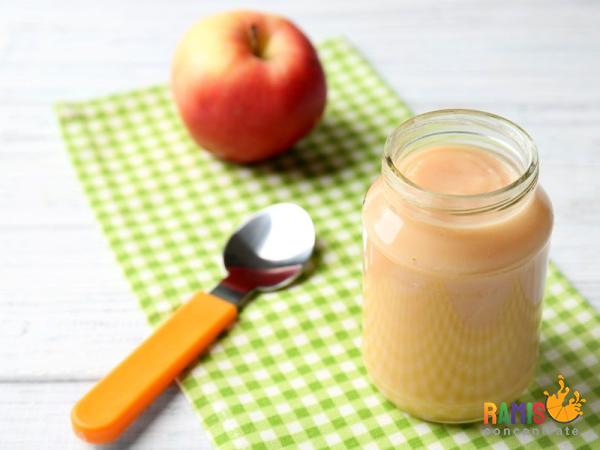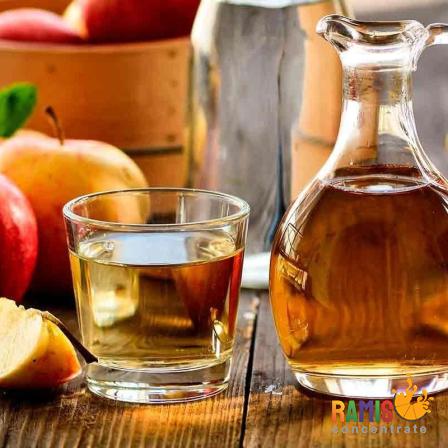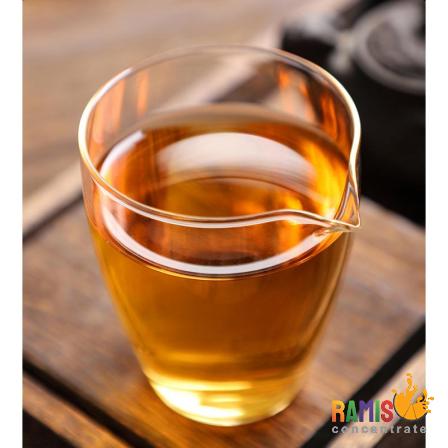Buy orange juice concentrate + Introduce The Production And Distribution Factory
based on the report, market turnover in the orange fruit field is more than other fruits, but the share of some countries with high demand for oranges is more than other countries in the world During the forecast period (2022-2027), the orange market is expected to register a CAGR of 4
0%
High production capacity and excellent weather conditions contribute to the production of oranges worldwide
The production of oranges is largely influenced by various factors such as environmental factors, biotic stress, and government policies
Spain is one of the main producers of citrus fruits, especially oranges
However, the revival of citrus production in European countries could reduce imports from Spain
Other important orange varieties are Lane Lett from Australia, Navalette from Spain, and Newhall from California
The international orange trade mainly revolves around large exporters such as Brazil and other European Union countries, which account for around 60
0% of the total international orange trade
Some of the major importers are China, the USA, and Turkey
Domestic consumption of fresh oranges is increasing as consumers demand fresh orange juice at home, in bakeries, and restaurants
They also ask for pasteurized juice, produced in factories across the country
The domestic market for fresh oranges has become the main consumer of all of Brazil’s orange production
The population of Brazil consumes more than 100
0 million orange and orange puree per year, each weighing 40
8 kg, which represents approximately 30
0% of Brazilian production
The large juice factories in Brazil export almost all of their products abroad
Thus, the growing trend in Brazil for juice shops with various fruits, including orange extract and pulp, has increased the demand for fresh oranges in the country
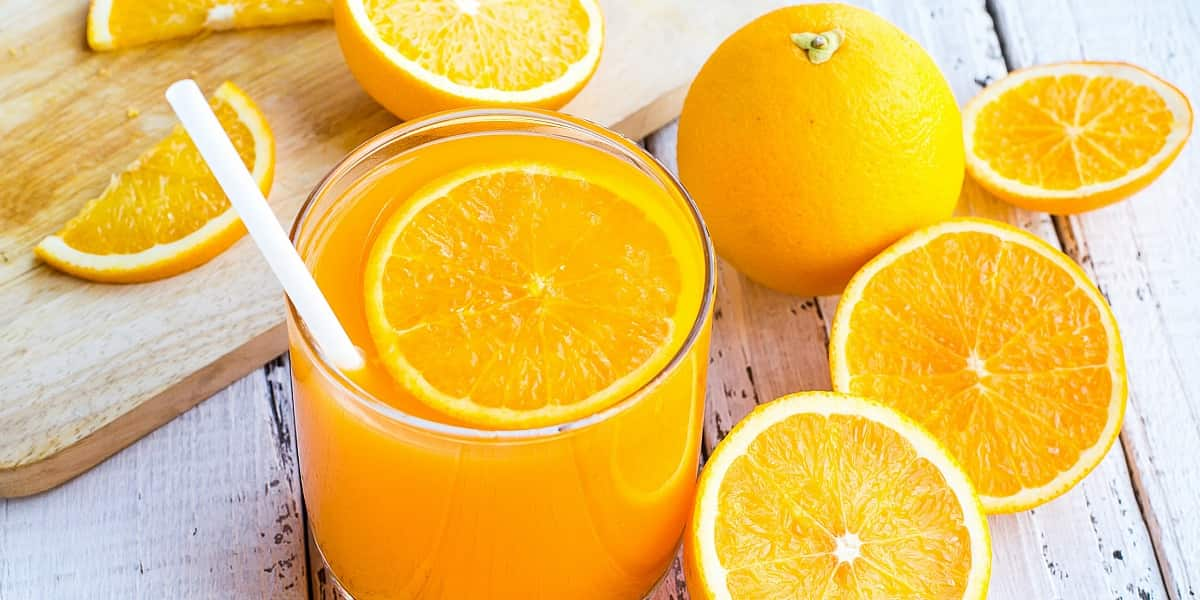
Orange
orange juice market share
juice of orange is an orange product, which has high demand in the world, European countries have a high share in this market
Europe is the world’s largest consumer market for fruit juices, accounting for 55% of all global imports
Although the consumption of canned fruit juices is declining, imports continue to grow
This is because imported fruit juices are increasingly being used as ingredients for various drinks
Large import and consumer markets such as Belgium, the Netherlands, France, Germany, and the UK provide opportunities for exporters from developing countries
In general, fruit juice is defined as the fermented liquid of the edible part of the fruit
While fruit juices can be produced by pressing fresh fruit, most fruit juices on the world market are made from raw materials such as fruit juice concentrates or purees
Fruit juices may contain fruit pulp
Top five fruit juice importers in Europe:
no country in Europe dominateses the import market, so export opportunities can be found in many countries
The largest volume of imported fruit juice is distributed among the five largest importers, who have an equal share of imports
The largest importers (Netherlands, France, Germany, UK, and Belgium) account for about 80% of all European imports
In addition to the largest importing countries, imports are also steadily growing in Central and Eastern European countries such as the Czech Republic, Romania, and Bulgaria
Orange juice, the most imported fruit juice in Europe:
Orange juice accounts for the largest share of European fruit juice imports, followed by a blend of fruit juices and apple juices
The supply of orange juice is dominated by Brazil, which is a very strong competitor to other developing countries
The type of fruit juice that has recorded the most imports to Europe over the past five years is nonconcentrated orange juice (NFC), followed by mixed fruit juice, plain citrus juice (lemon and lime), and pineapple juice

Pineapple orange juice
orange juice industry
During World War II, American soldiers rejected lemon crystals containing vitamin C because of their unappetizing taste
So, the government looked for foods that would meet the nutritional needs of soldiers, taste good and prevent diseases like scurvy
The federal government and the Florida Department of Citrus teamed up with a group of scientists to develop a product that was superior to the canned orange juice available in the 1940s
The result was frozen concentrated orange juice, which unfortunately never hit the market until three years later
The market war has come to an end
In 1949, Florida orange juice processing plants were producing more than 25 million gallons of orange juice
Consumers loved canned orange juice because it was inexpensive, tasty, convenient, and rich in vitamin C in orange rather than apple
Preparation was simple: Empty the container of frozen concentrate into a measured amount of water and stir
Processing of oranges into frozen orange juice begins with checking the quality of the oranges to ensure that they are suitable for processing
After this, the fruits are thoroughly cleaned and washed and the orange oil is extracted from the orange peel
The juice is then squeezed out of the orange and passed through a sieve to remove the core and most of the pulp
The juice is heated to 190-200°F to deactivate the natural enzymes present in the juice
The concentration phase occurs in a high vacuum evaporator where the water content of the juice evaporates while the sugar compounds and solids of the juice are concentrated
The vacuum evaporator is a low-temperature falling film apparatus that operates at temperatures between 60 and 80 °F
The evaporators operate continuously, i
e
, fresh juice is poured in while the concentrate is being removed continuously
The concentration process increases the soluble solids in the juice from 12° Brix to 60-70° Brix
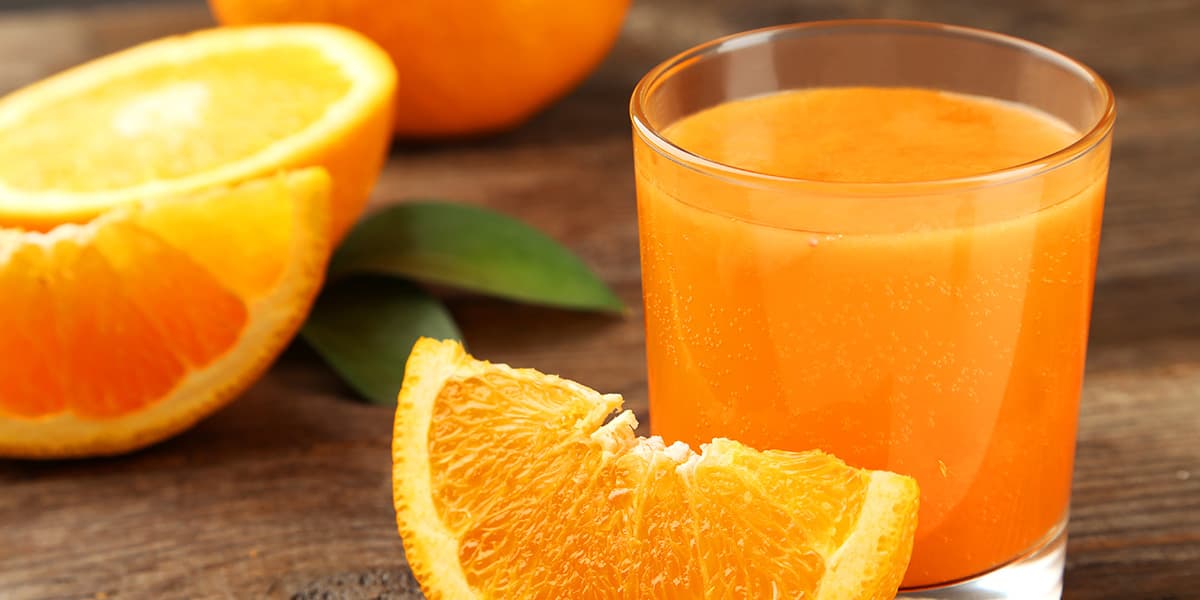
Orange-concentrate
orange juice report
based on the technical report, the juice of Orange is obtained by pressing the orange fruit
Orange is a citrus fruit that belongs to the rue family and is widely distributed in Brazil, China, and India
The juice and concentrates like papaya juice concentrate obtained from different types of oranges that have different characteristics, such as B sweet orange, blood orange, navel orange, clementine, tangerine, Valencia, and Hamlin
Oranges have juice sacs, also called citrus pits, which form the membrane-like material of the endocarp and contain large amounts of juice
According to the US Code of Federal Regulations, orange juice is “the unfermented juice obtained from the ripe oranges of Citrus sinensis or the citrus hybrid commonly known as sweet amber
” Orange fruits have been grown in China and Southeast Asia since ancient times
The nutritional properties and health benefits of oranges have led to an increase in their consumption around the world
The commercial orange juice industry developed in the 1920s and since then technological improvements have led to the development of commercial forms of orange juice
The most common types of orange juice are frozen concentrated orange juice, non-canned orange juice, fresh juice, blended juice, dehydrated orange juice, and others, which are produced as ready-to-drink (RTD) packaged drinks
Brazil is the largest producer of orange juice, followed by Florida
In 2020/21, global orange juice production is projected to increase by 17% to 1
8 million tonnes (65° Brix), driven by increased production in Brazil and Mexico, offsetting lower production in the US
With the advent of COVID-19 in 2020, retail sales of orange juice have increased in major hypermarkets such as the US and Europe
Panic over the virus has increased the demand for orange juice as a source of vitamin C
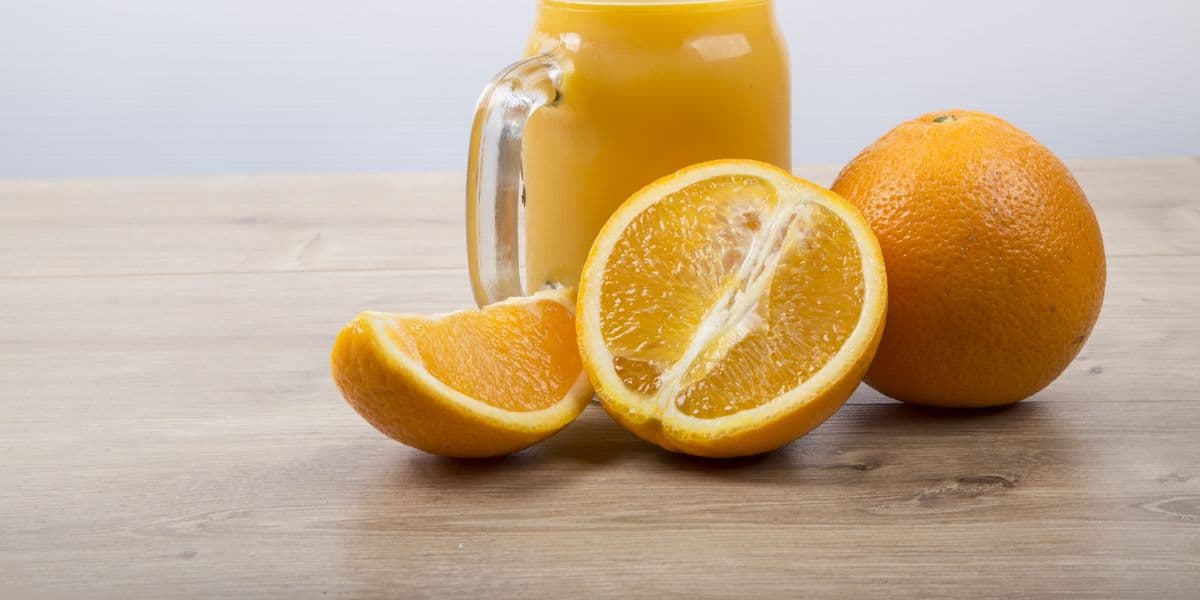
Frozen-orange-concentrate
orange supermarket
the supermarket is the most important distribution channel for oranges, and everyone can purchase oranges from the supermarket easily
If you go to the supermarket, you will find oranges all year round
Oranges are among the retail food items in Europe
For this to happen, the cost of production and distribution must be covered by the value of the fruit we have as a commodity
In the story of oranges, we see how the economic system changed and how it happened
Today orange is available in all European supermarkets
From the supermarket shelf, the orange goes to you, the consumer
To do this, it was necessary to reduce production and logistics costs
So far, every step in Orange’s history has contributed to reducing production costs, but the major change in reducing distribution costs has yet to occur: The supermarket as a distribution channel is a relatively new concept
During the interwar period, American shoppers experimented with urban self-service stores to counter the inefficiency and labor intensity of specialty stores
After World War II, the concept of supermarkets spread to Europe as well
The cheap nature of self-service supermarkets has replaced expensive employees delivering every item to you
Economies of scale have allowed supermarkets to keep costs as low as possible, from shopping carts to shelves located in plazas that reflect houses, to the low wages of farmers and fruit pickers
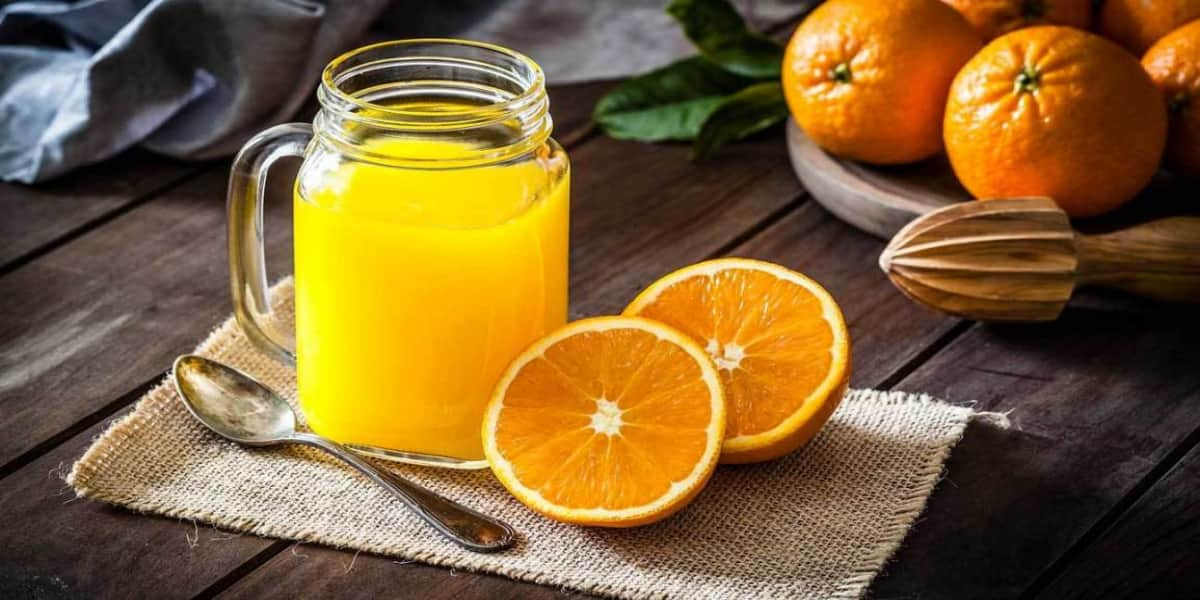
orange juice demand
Changing lifestyle habits and changing food habits of consumers are forcing them to consume more and more affordable, healthy fast foods such as packaged fruit juices, which is driving the growth of demand for the juice of an orange
The countries that imported the most orange juice (plain wine) were Belgium (626,000 tons), France (498,000 tons), and the Netherlands (459,000 tons), accounting for 54% of total imports
Germany is next (306,000 tons) with a 10% share, followed by the UK (9
4%), the US (7
9%), and Canada (4
5%)
In value terms, France ($376M), Belgium ($284M), and the Netherlands ($241M) were the world’s largest importers of orange juice, accounting for 44% of global imports overall
Belgium recorded the fastest growth in imports, with purchases quadrupling while shipments to other countries grew at a slower pace
The average import price of orange juice (pure strength) was $704 per ton, down 7
9% from last year
Average prices in the main importing countries varied greatly
The country with the highest cost was Canada and the lowest was Belgium
Consumption of soft drinks such as colas and flavored sodas is declining worldwide as they contain high amounts of sugar, artificial colors, phosphoric acid, artificial sweeteners, and caffeine, which can have negative effects on the human body
For this reason, many consumers are switching from soft drinks to natural fruit juices
To expand the consumer base, manufacturers offer a wide range of flavors and produce fruit juices like kiwifruit juice without preservatives and sugar
In addition, the growth in food and beverage production is driving the overall demand for fruit juice worldwide
In the past, some suppliers were reluctant to sell their products to emerging markets due to a lack of infrastructure and storage space
However, with the increase in organized stores, many players are now willing to invest in these markets, which is expected to boost the growth of the fruit juice industry
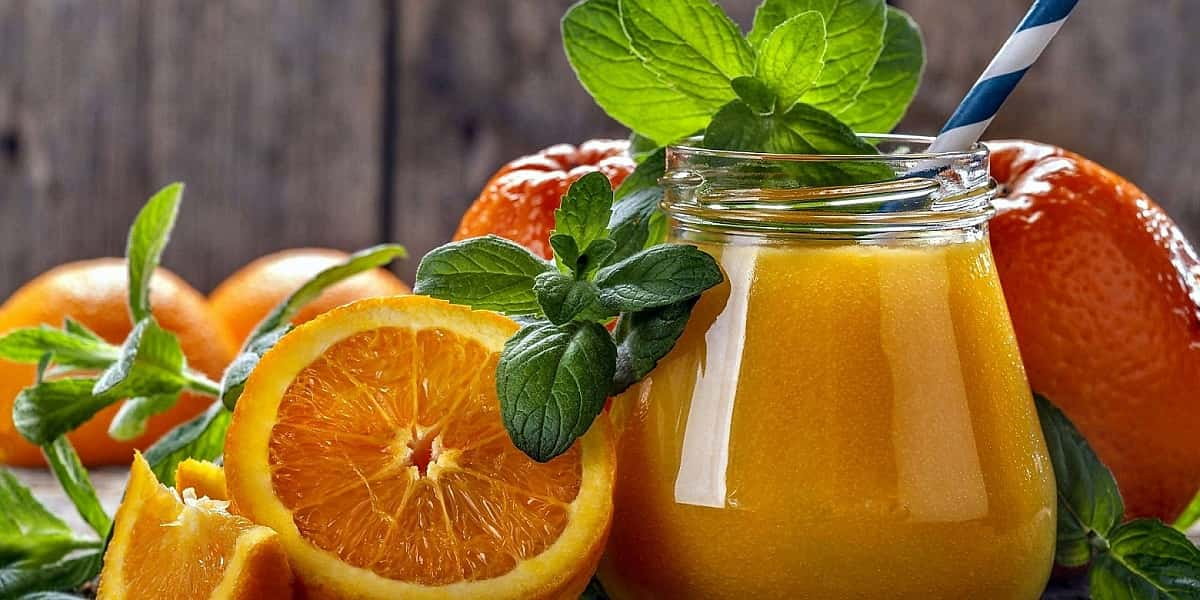
orange juice supply chain
the juice of orange products typically changes hands multiple times throughout the supply chain
Therefore, it is important that everyone involved in the intermediate steps be familiar with the juice production process
So-called marketers produce and sell juice like apple juice under their brand
Large processors mainly sell their products in bulk
The range of operations is quality oriented and based on compliance with specifications defined by the customer
Juice pourers handle the bulk product as needed and then pack it into consumer containers
Soft drink manufacturers can use blended orange concentrate and prepared base as raw materials
The main ports have specialized terminals for the transhipments of bulk frozen concentrates
The global market price of FCOJ fluctuates based on supply and demand
Carrier Free Warehouse Rotterdam is a generally accepted FCOJ (66° Brix) contract price standard that includes the cost of transportation to the port of Rotterdam in the Netherlands
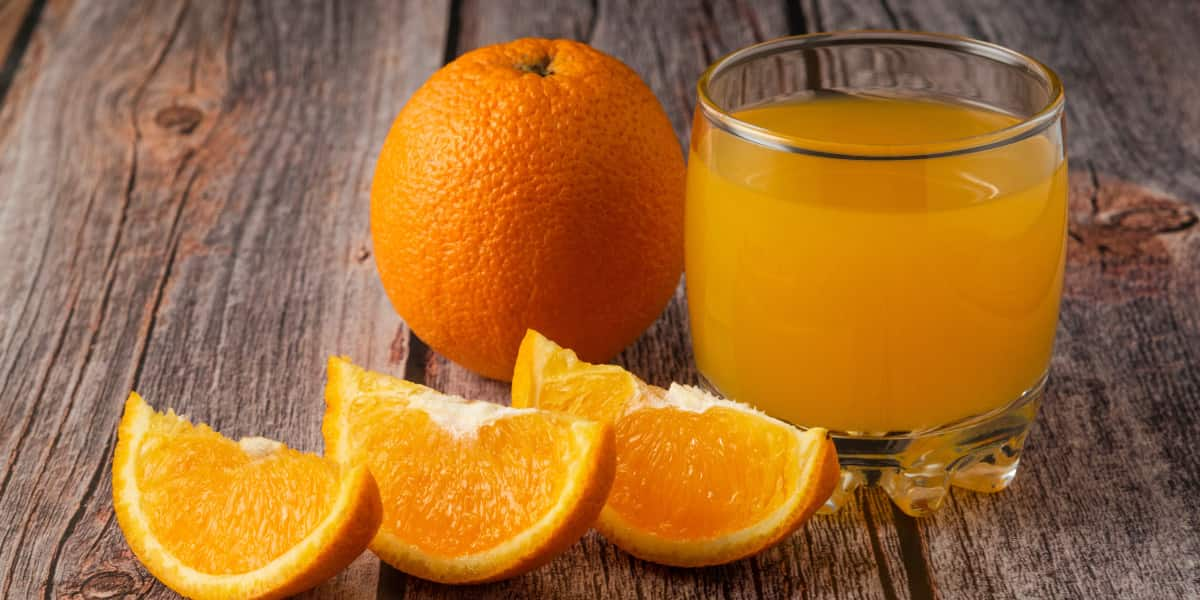
The futures market allows the citrus industry to manage business risk
It also sets the value for FCOJ
The speculative activity in the futures market allows you to fund commercial hedging and set price levels
In addition to long-term contracts, there is also a spot market for FCOJs
There are large differences in import duties on orange juice and apple juice between importing countries
In terms of orange juice consumption, the US and Europe are the largest markets
There are many links in the orange juice supply chain, from ripe oranges to the consumer opening a box of juice remotely
Thus, the product usually changes hands several times
Therefore, it is important to know the entire juice production process to understand the economic state of each type of company operating in the supply chain

